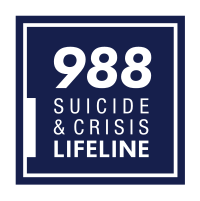
Photo from wikipedia
Effectiveness research on depression prevention usually compares pre- to post-intervention outcomes across groups, but this aggregation across individuals may mask heterogeneity in symptom change trajectories. Hence, this study aimed to… Click to show full abstract
Effectiveness research on depression prevention usually compares pre- to post-intervention outcomes across groups, but this aggregation across individuals may mask heterogeneity in symptom change trajectories. Hence, this study aimed to identify subgroups of adolescents with unique trajectories of change in a school-based depression prevention trial. It was also examined how trajectory membership was associated with the intervention conditions, depressive symptoms at 12-month follow-up, and baseline predictors. Hundred-ninety adolescent girls (Mage = 13.34; range = 11–16 years) with subclinical depression at screening (M = 57 days before pre-test) were allocated to four conditions: a face-to-face, group-based program (OVK), a computerized, individual program (SPARX), OVK and SPARX combined, and a monitoring control condition. Growth Mixture Modeling was used to identify the distinct trajectories during the intervention period using weekly depressive symptom assessments from pre-test to post-test. Analyses revealed three trajectories of change in the full sample: Moderate-Declining (62.1% of the sample), High-Persistent (31.1%), and Deteriorating-Declining (6.8%) trajectories. Trajectories were unrelated to the intervention conditions and the High-Persistent trajectory had worse outcomes at follow-up. Several baseline factors (depression severity, age, acceptance, rumination, catastrophizing, and self-efficacy) enabled discrimination between trajectories. It is concluded that information about likely trajectory membership may enable (school) clinicians to predict an individual’s intervention response and timely adjust and tailor intervention strategies as needed.
Journal Title: Journal of Youth and Adolescence
Year Published: 2022
Link to full text (if available)
Share on Social Media: Sign Up to like & get
recommendations!